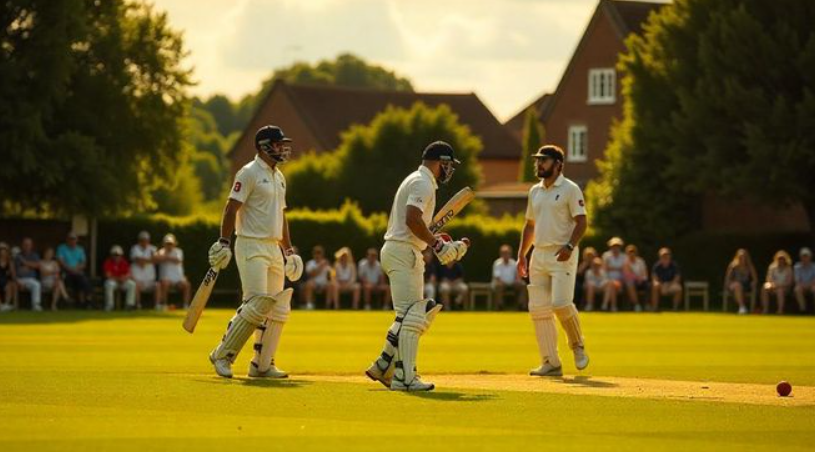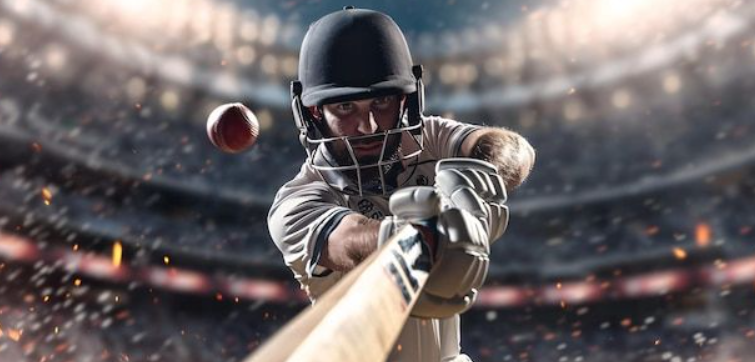Most casual punters treat the draw in Test cricket like a relic—something that only happens when it rains for three days or both sides bat like tortoises. But professional bettors know better. In many series, especially in Asia or England, the draw isn’t just a possibility. It’s mispriced value.
The draw is often listed at inflated odds because sportsbooks know recreational bettors want a winner. But when flat pitches meet cautious captains, or weather forecasts go ignored, that big number starts to shrink—after you’ve already missed the price. Learning when to bet the draw isn’t about guessing rainfall. It’s about reading the rhythm of the match before the market does.
Common Situations Where the Draw Is Undervalued
Slow Pitches on Day 1–2. If a pitch shows no turn, no seam movement, and no uneven bounce early, the odds on the draw tend to shorten fast once both teams cross 300. But by then, it’s too late. The time to bet the draw is before that happens—during toss or first session—if visual clues confirm dead surface.
Rain Forecasts That Traders Ignore. Most sportsbooks shade odds slightly if there’s expected rain, but often they underreact. Light rain across four days can still eat 60–70 overs. That’s more than enough to stall a result if batting is competent. Watch for this especially in England, Sri Lanka, and New Zealand.
High First-Innings Totals + Late Declarations. When a side scores 450+ and takes 120+ overs to do it, they’ve already reduced the match to four sessions of real opportunity. If the chasing team bats even half as well, the draw becomes dominant. This often happens in India and Pakistan where first-innings batting is king.
Captains With Safety-First Approach. Some modern captains are reluctant to risk a declaration unless victory is almost certain. If a side bats too deep into Day 4, even with a lead, the match can die in over-cautiousness. Bet the draw mid-match when innings go long and run rates fall.

Sample Scenarios and Outcomes
| Match | Opening Draw Odds | Situation at Tea, Day 2 | Closing Draw Odds | Result |
| India vs NZ (Kanpur) | 6.00 | 280/3 and flat pitch | 2.20 | Draw |
| England vs Pakistan (Rawalpindi) | 5.50 | ENG 500/4 in 110 overs | 2.40 | Draw |
| Bangladesh vs SL (Chattogram) | 4.75 | Rain forecast all five days | 2.10 | Draw |
Each of these examples shows how quickly the market revalues the draw once innings patterns emerge. Waiting too long means you miss the edge.
Red Flags That Kill a Draw Bet
Low First-Innings Total. If either side collapses under 250 in good conditions, the match often speeds up. It invites a result by default.
Aggressive Captains. Brendon McCullum-style declarations, or early attacking fields, reduce draw potential even on flat decks.
Sharp Spin or Reverse Swing by Day 3. Even if the surface starts flat, early signs of breakdown (dust, cracks, footmarks) can lead to rapid collapses. Don’t hold draw positions through Day 3 without reassessing live.
Inconsistent Weather. A full day of rain is useful for draw bettors. But scattered 1-hour showers with sunny intervals can backfire—teams rush innings and manufacture results under pressure.
When to Bet Pre-Match vs In-Play
Pre-match draw bets work best when weather or pitch profile already hints at slow scoring and low deterioration. Venues like Ranchi, Chattogram, and even The Oval (under clouds) often offer pre-value.
In-play, the best time to enter is after 100 overs of batting with 3 or fewer wickets down. If scoring remains under 3 runs per over and no bowler looks dangerous, books begin to slash result odds—but you can still get ahead of them between session breaks.
Reading the Pitch: Non-Statistical Clues
Visual pitch analysis is underrated. A hard, shiny surface with no grass and no visible cracks means low deterioration. Commentators often mention if balls are “dying into the gloves” or “not carrying past the keeper.” These are live tells.
Sweeping camera shots of square turn on Day 1? Stay away from the draw. Even if wickets fall slowly at first, it’s a time bomb waiting for Day 4.
Why the Draw Is the Market’s Blind Spot
Sportsbooks know most punters prefer action. A draw feels boring. It’s hard to root for. That’s why it often sits mispriced. But in Test cricket, time and conditions are king. And when those elements tilt away from urgency, the draw quietly becomes the most likely outcome—before anyone notices. Bet it early, bet it smart, and don’t wait until everyone else catches up. Because by then, the 6.00 you could’ve had is now 2.30—and the edge is gone.

